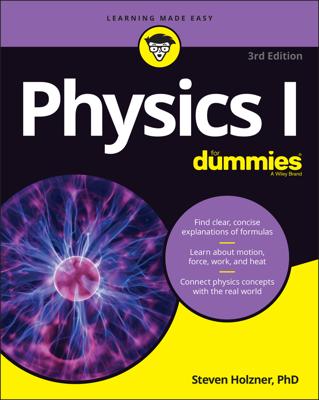Other questions that scientists hope string theory can answer involve the way the universe changes over time. The brane world scenarios described earlier in this book offer some possibilities, as do the various concepts of a multiverse. Specifically, string theorists hope to understand the reason for the increased expansion of our universe as defined by dark matter and energy.
Some cosmologists have worked hard on a theory called eternal inflation, which helps contribute to the idea of a vast multiverse of possible universes, each with different laws (or different solutions to the same law, to be precise).
In eternal inflation, island universes spring up and disappear throughout the universe, spawned by the very quantum fluctuations of the vacuum energy itself. This is seen by many as further evidence for the string theory landscape and the application of the anthropic principle.
The inflation theory says that our universe began on a hill (or ledge) of potential vacuum energies. The universe began to roll down that hill rapidly — that is, our universe began expanding at an exponential rate — until we settled into a valley of vacuum energy. The question that eternal inflation tries to answer is: Why did we start on that hill?
Seemingly, the universe started with a random starting point on the spectrum of possible energies, so it’s only luck that we were on the hill and, in turn, luck that we went through the right amount of inflation to distribute mass and energy the way it’s distributed.
Or, alternately, there are a vast number of possibilities, many of which spring into existence, and we could only possibly exist in the ones that have this specific starting condition. (This is, in essence, the anthropic argument.)
In either case, the particles and forces of our universe are determined by the initial location on that hill and the laws of physics that govern how the universe will change over time.
In 1977, Sidney Coleman and Frank De Luccia described how quantum fluctuations in an inflating universe create tiny bubbles in the fabric of space-time. These bubbles can be treated as small universes in their own right. For now, the key is that they do form.
The cosmologist Andrei Linde has been the one to most strenuously argue that this finding, in combination with Alan Guth’s inflationary theory, demands eternal inflation — the creation of a vast population of universes, each with slightly different physical properties. He has been joined by Guth himself and Alexander Vilenkin, who helped hammer out the key aspects of the theory.
The eternal inflation model says that these bubble universes (Guth prefers “pocket universes,” while Susskind calls them “island universes”) spring up, somehow getting physical laws among the possible ones dictated by the string theory landscape (through some as-yet-unknown means). The bubble universe then undergoes inflation. Meanwhile, the space around it continues to expand — and it expands so quickly that information about the inflating bubble universe can never reach another universe. Our own universe is one of these bubble universes, but one which finished its inflationary period long ago.

